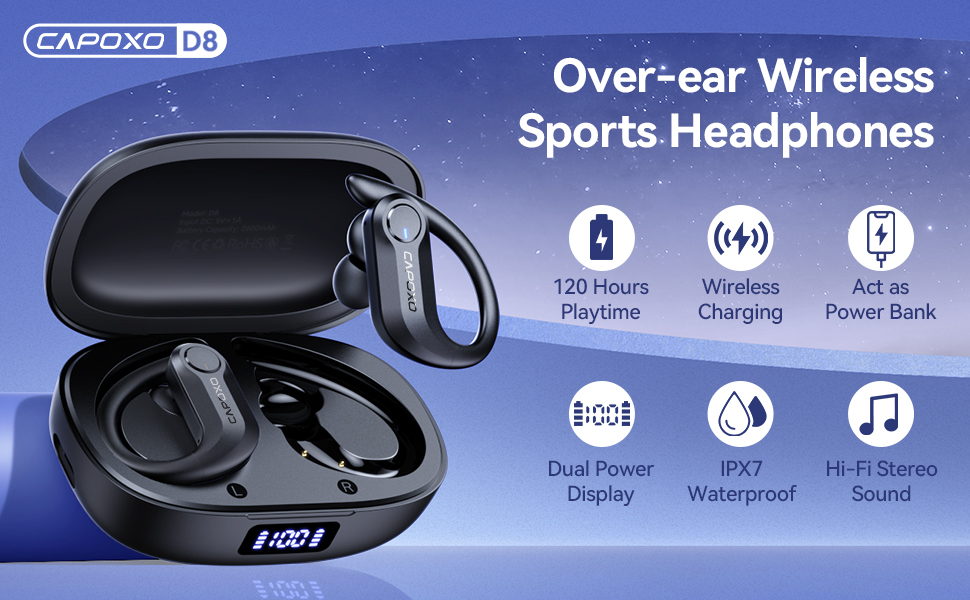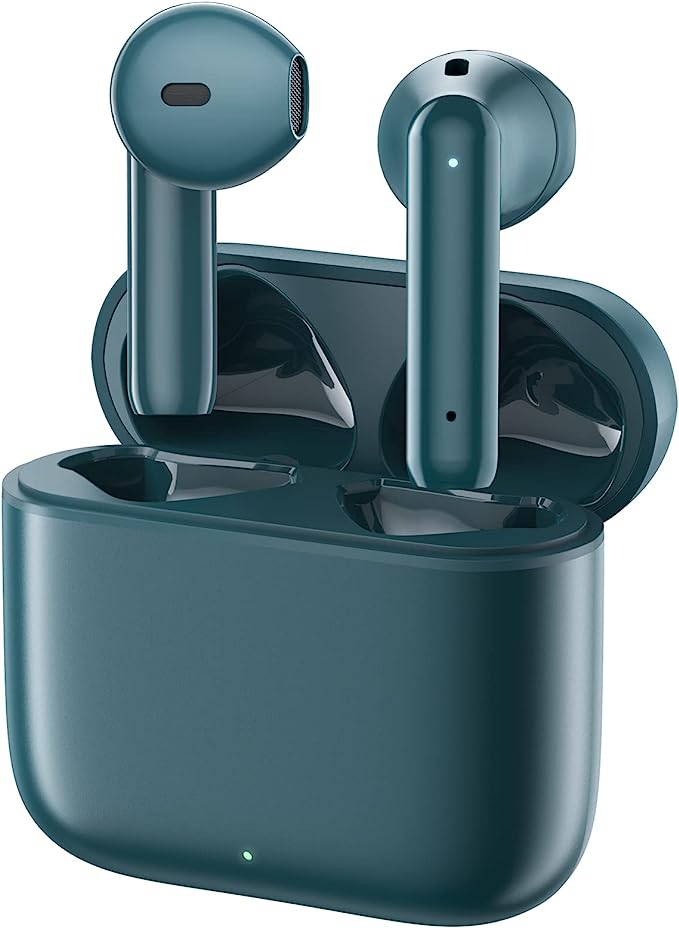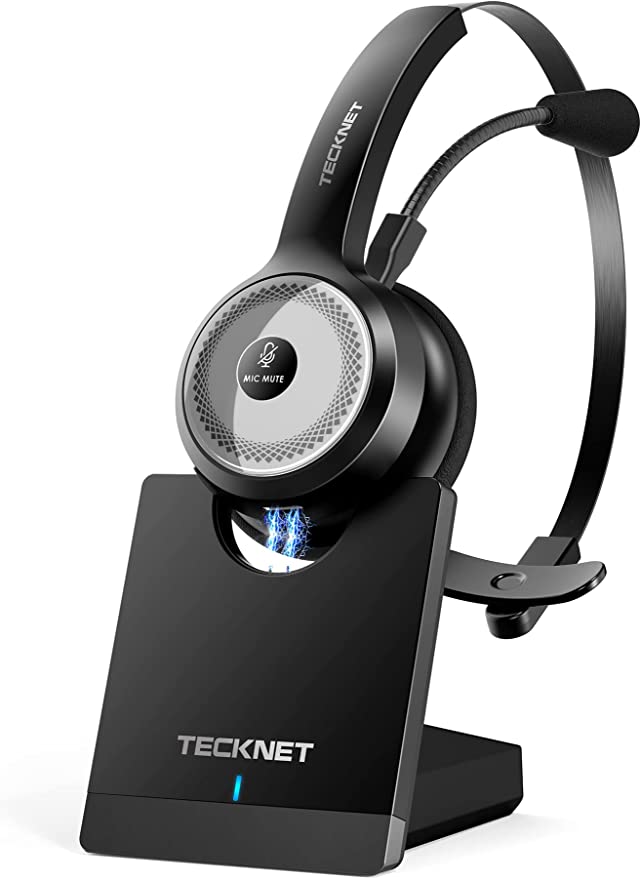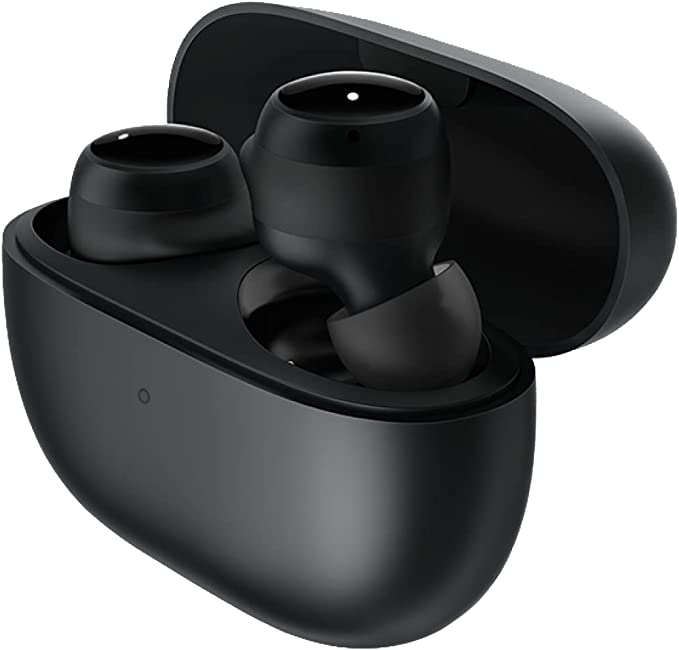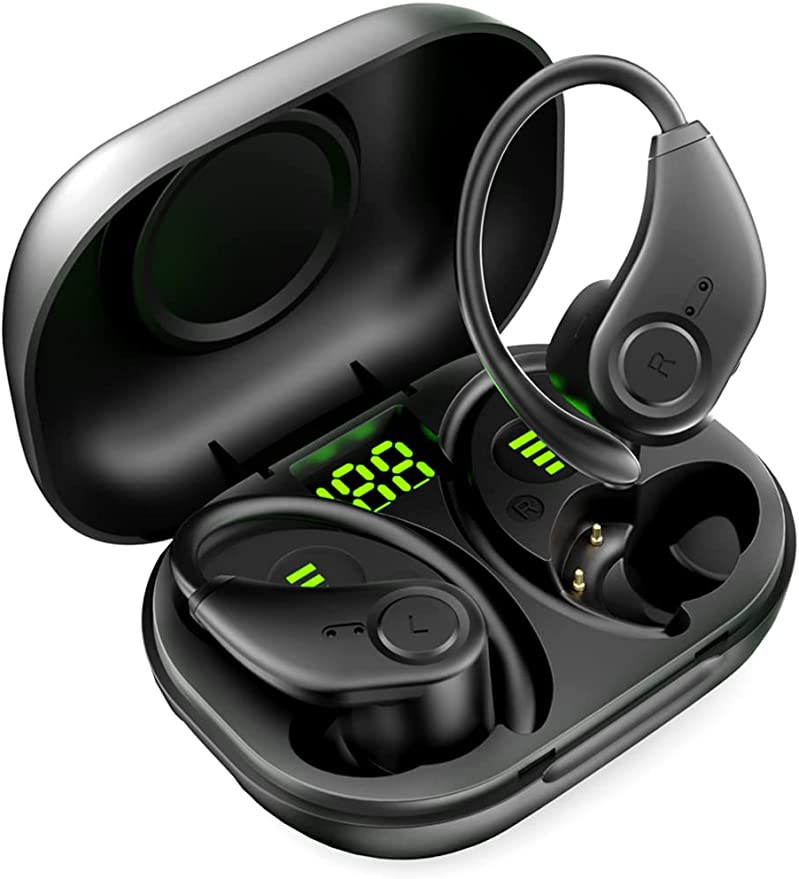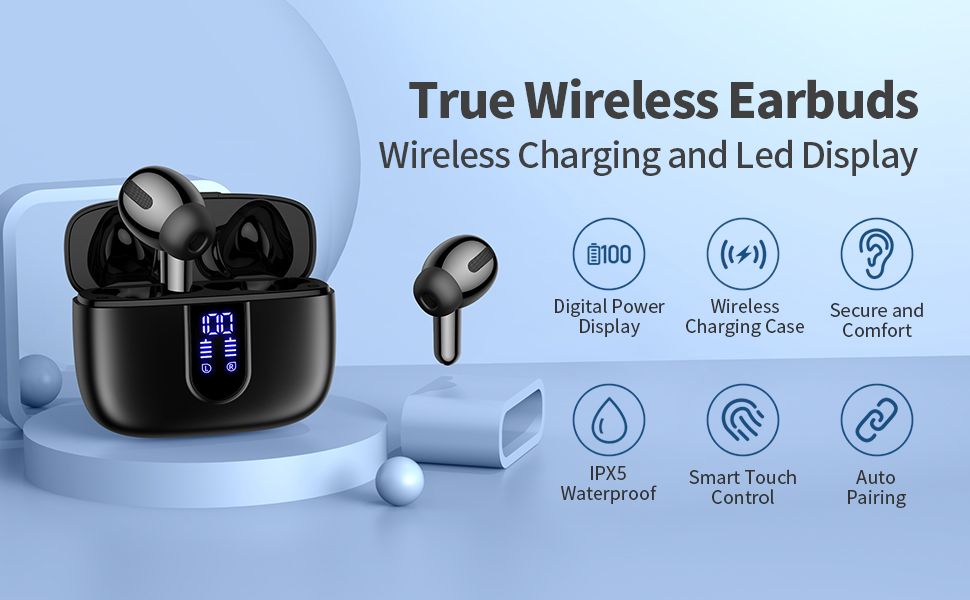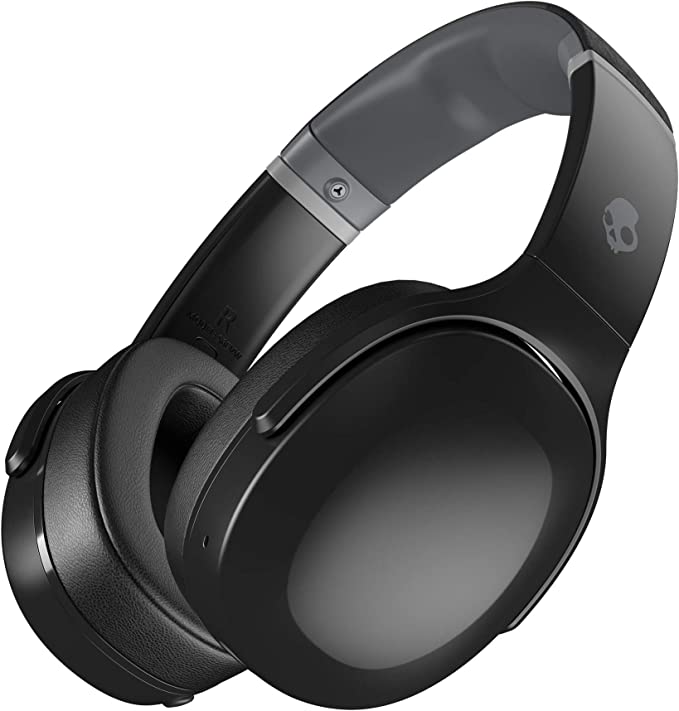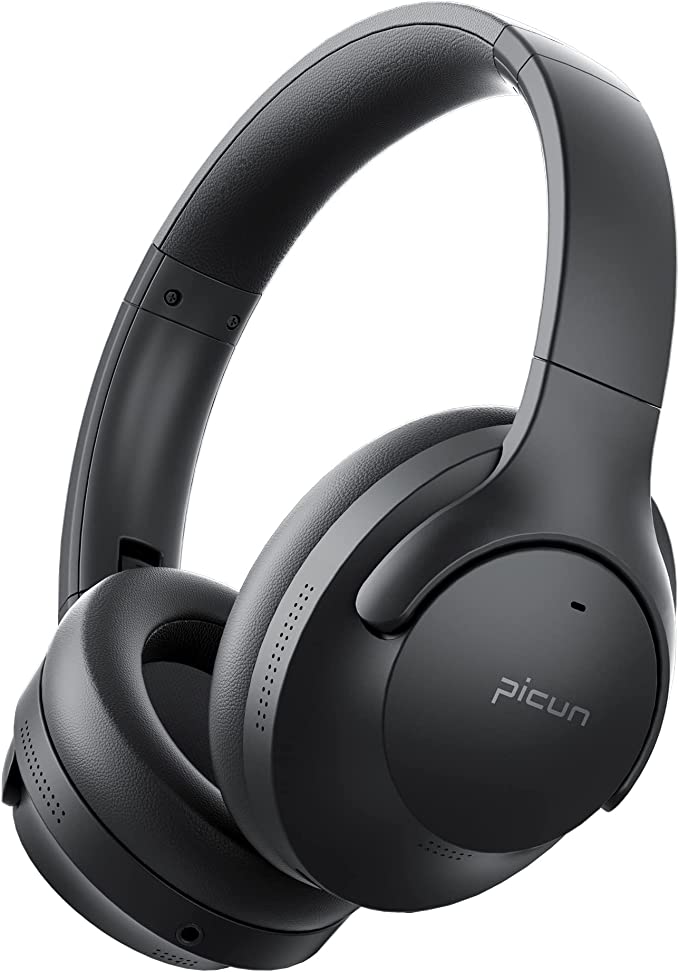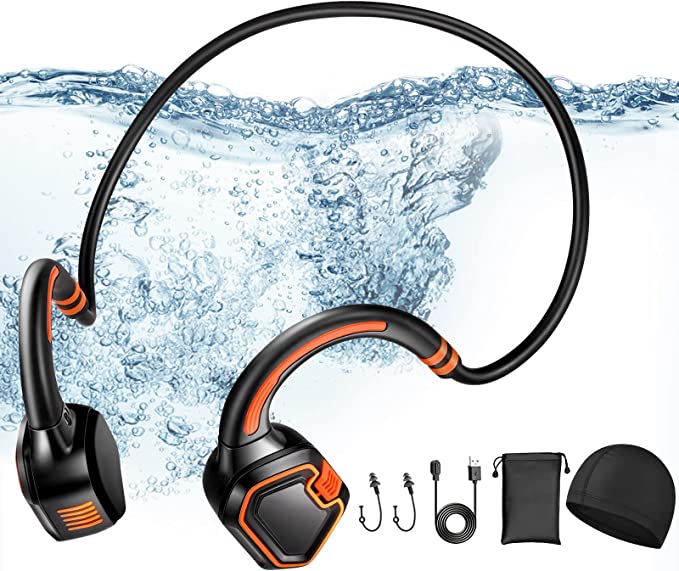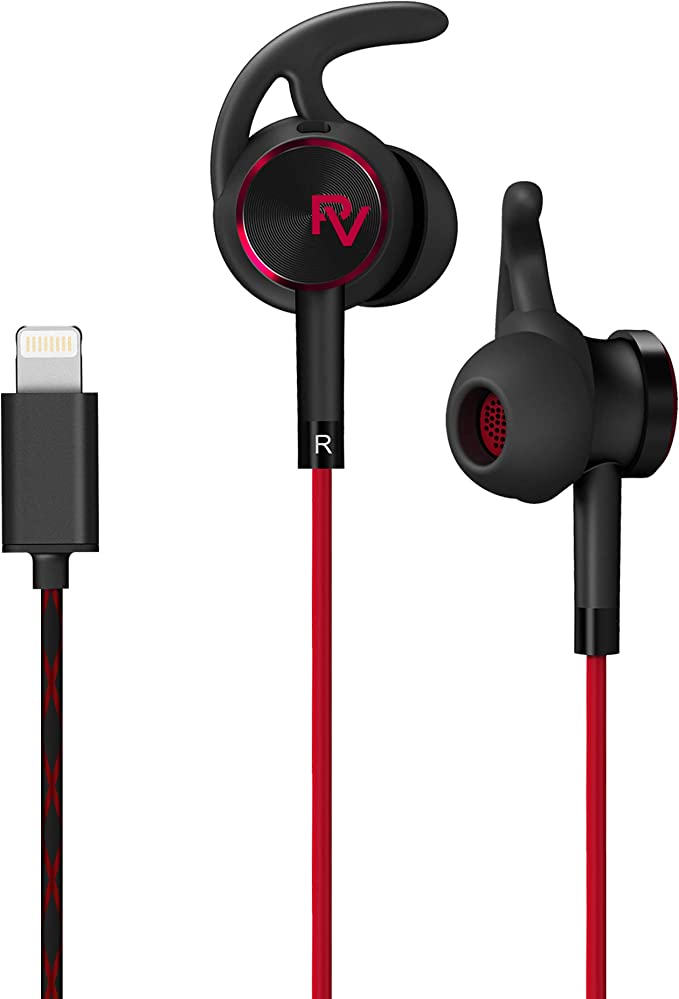Dynamic Compression Masterclass: How Digital Hearing Protection Beats ANC for Impulse Noise
Update on Oct. 30, 2025, 9:48 a.m.
Welcome to the cutting edge of personal audio. I want you to forget, for a moment, the bulky ear muffs and the tiny foam plugs. We’re stepping beyond simple noise blocking and into the world of intelligent sound management.
For decades, we faced an impossible paradox: In loud environments—be it a shooting range, a construction site, or a busy factory floor—you had to choose between protection (safety) and situational awareness (hearing critical commands or nearby threats).
The problem wasn’t the noise itself; the problem was our tools.
To truly understand modern, high-performance ear protection, you need to know the three core philosophies of sound management. This isn’t just about features; this is about physics, engineering, and the critical difference between Blocking, Canceling, and Compressing.
Philosophy 1: The Blunt Instrument (Passive Blocking)
This is the oldest and simplest form of protection: the foam earplug, the rubber stopper, or the traditional ear muff.
The Mechanism: Passive resistance. A physical barrier of foam, plastic, or rubber inserted into or placed over the ear canal to prevent sound waves from reaching the eardrum.
The Result: It works on all frequencies equally, offering a blanket reduction in volume, measured by the Noise Reduction Rating (NRR).
The Core Trade-Off: The Acoustic Wall. Passive protection achieves silence by sacrificing all context. You are plunged into a muffled quiet, which makes it impossible to hear a whispered safety command, a radio call, or the subtle sound of a malfunction. It solves the protection problem but creates a major communication and awareness problem.
Philosophy 2: The Erasing Trick (Active Noise Cancellation - ANC)
For many, this is the height of modern audio magic. But for impulse noise, it is fundamentally flawed.
The Mechanism: ANC is based on a beautiful concept called Destructive Interference. Microphones outside the device listen to the ambient noise. A tiny processor then generates a second, precisely opposite sound wave—an “anti-noise”—that is 180 degrees out of phase with the original. When the two waves meet, they mathematically cancel each other out.
The Ideal Scenario: This is a master trick for constant, predictable, low-frequency drones: the hum of an airplane engine, the HVAC system, or road noise. The system has plenty of time to analyze the wave and generate the anti-wave.
The Fatal Flaw for Safety: ANC is too slow and depends on predictability. A gunshot, a dropped hammer, or an industrial clang is an Impulse Noise—a massive, instantaneous spike in sound energy that rises and falls in milliseconds. By the time the ANC system’s processor has registered the sound and generated the counter-wave, the damaging pressure wave has already entered and excited your inner ear.
ANC is a masterful artist, but it can only erase a predictable background. It can’t stop a bullet.

The AXIL XCOR PRO uses advanced micro-electronics to achieve its dual functionality: hearing enhancement and impulse noise protection.
Philosophy 3: The Intelligent Gatekeeper (Dynamic Compression)
This is the technology that moves beyond the old paradox. Instead of trying to block or cancel, Dynamic Compression manages the sound in real-time. It’s the philosophy that defines high-end digital ear protection today.
The Mechanism: Think of this technology—exemplified by products like the AXIL XCOR PRO—as a microscopic, lightning-fast audio engineer sitting inside your ear canal with one mission: Maintain the Sound Floor, Cap the Sound Ceiling.
- The Threshold (The Cap): The engineer has a non-negotiable safety limit, typically set at 85 dB. This is the sound level above which sustained exposure causes permanent hearing damage.
- The Action (The Compression): Any sound wave below this threshold is allowed to pass through, often with gentle Enhancement (amplification) to boost quiet voices or distant sounds. But the instant a sound wave—like a 140 dB gunshot—attempts to cross the 85 dB threshold, the digital signal processor (DSP) reacts in milliseconds. It doesn’t shut the sound off; it compresses its dynamic range, instantly reducing the destructive energy (the “peak”) down to a safe, manageable level.
The Crucial Distinction: You still hear the event. You hear the “pop” of the firearm or the “thud” of the hammer. This preserves vital Situational Awareness. What you don’t hear is the damaging concussive force that permanently injures the cochlea. It’s the difference between a high-five and a sledgehammer hitting your eardrum.

Digital technology in the XCOR PRO compresses damaging sound waves over 85dB, rather than simply shutting them out/off, allowing you to maintain awareness.
Dynamic Compression in Action: The All-in-One Advantage
The real-world value of a device like the AXIL XCOR PRO comes from integrating the three core functions into a single form factor:
- 1. Digital Hearing Protection: Instantaneous, high-speed compression against impulse noise.
- 2. Hearing Enhancement: Amplifies quiet environmental sounds (voices, safety instructions, wildlife) well above their natural volume, effectively giving you bionic hearing up to the safety cap.
- 3. Wireless Connectivity: Via its Bluetooth 5.2 audio capability, you can stream music or take calls while the hearing protection layer remains active in the background. This ability to integrate communications with safety is the true hallmark of this generation of devices.
The Mentor’s Honest Assessment: Navigating the Engineering Trade-Offs
As your mentor, I need to be transparent: engineering is the art of trade-offs. To miniaturize this level of processing into a lightweight, comfortable in-ear form factor, certain inevitable compromises must be made.
If you are researching the AXIL XCOR PRO (or any similar device), you will see common user feedback that seems contradictory. Let’s break down why these aren’t necessarily flaws, but rather consequences of the core design goals:
| User Feedback (Apparent Flaw) | Engineering Trade-Off (Actual Physics/Design) |
|---|---|
| “Wind makes the enhancement cut out.” | The Wide-Angle Mic Problem: The device uses its external microphones to capture sound from all directions for maximum situational awareness. Wind turbulence moving across a small microphone is a chaotic, high-amplitude noise. The system cannot distinguish the low-volume voice you want to hear from the high-volume wind noise, so it correctly (but frustratingly) shuts down the enhancement to avoid amplifying a rush of static. |
| “Call quality is poor; I sound muffled/far away.” | The Lantern vs. Spotlight: The microphone array is designed as a lantern—it hears everything 360 degrees around you (great for hearing footsteps). Dedicated communication headsets (like those for office use) are designed as a spotlight—they use complex beamforming algorithms to isolate and focus only on the sound coming from your mouth. The XCOR PRO is built for awareness, not voice isolation. |
| “They feel cheap for the price.” | Weight and Medical Grade Components: The construction must balance durability for outdoor use with the critical need for an ultra-lightweight design that can be worn comfortably for 8-12 hours in the ear canal. Furthermore, the cost reflects the sophisticated digital signal processor (DSP) and high-speed analog-to-digital converters required to achieve millisecond compression, not just the plastic housing. |

Comfort and secure fit are critical for all-day wear, especially when paired with shooting or welding helmets.
Making the Decision: XCOR PRO vs. Others
When you are comparing models within the XCOR line or similar competing products, your decision should center on the level of integration and control you require. The step up to a “Pro” model typically means better battery life, faster DSP chips for quicker compression, and more resilient component design (like the water and dust resistance noted in the material).
The core technology—Dynamic Compression—remains the feature that makes this category superior to all forms of passive or ANC protection for environments with sudden, high-energy noise. If your primary use involves firearms, impact tools, or motors where situational awareness is non-negotiable, a device based on this third philosophy is your only viable choice.

The simple, in-ear form factor and touch controls allow for seamless operation even while wearing gloves or heavy headgear.
The Future is Curated: From Shielding to Collaborating
We are moving past the era where we treated our ears as passive sensors that simply needed to be shielded. Dynamic compression is the foundation of the “Augmented Ear”—a future where our personal audio devices collaborate with our brain, not against it.
By taming the dangerous sounds without eliminating the contextual sounds, these systems feed our brain the information it needs to do what it does best: focus, filter, and understand. They preserve that innate “cocktail party effect,” allowing you to pick out the range master’s voice in a sea of noise.
The ultimate goal isn’t just to build a better wall; it is to hire a smarter, faster, and more aware gatekeeper. Technologies like the AXIL XCOR PRO are here to give you not just protection, but the freedom to hear the difference.








